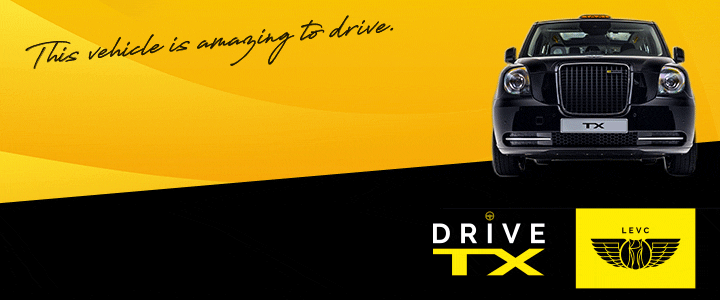CCTV in Taxis - Why do we need it?

Over recent years the number of violent attacks on drivers and drivers accused of offences from assault, rape, to complaints of a verbal nature, has risen and is becoming far too common place.
Without CCTV installed, it is your word against theirs. As much as the laws of the land state “innocent until proven guilty”, in reality it is more “no smoke without fire”.
Given the level of abuse and backlash that would occur if the allegation was proven correct, the licensing authority or “LA” have a duty to act in the interest of public safety, which often leads to immediate suspension or revocation of your license.
Even in the case of Uber, they will deactivate your account based on complaints, as has been seen far more frequently lately.
The ONLY defence you have is your own word, but if you have CCTV to support your word, then you have an undeniable witness. This can be used to back you up (this evidence is accepted by Uber, local authorities, police and by courts), but only if it is compliant, tamper proof and legal.
So who makes the rules?
Simply put, the ICO set the regulations on this topic, under the Data Protection act (DPA) now known as the General Data Protection Regulations (GDPR). Local authorities simply translate this into policies and criteria, many LA’s then have an approved list of approved devices and installers in order to make sure that any devices used are legal, compliant and fit for purpose, and this removes the risk of drivers being prosecuted by the ICO for non compliance.
These policies also take into consideration the Road Traffic Act, construction and use regulations and many other regulating bodies.
Where can I find these rules?
The rules are set by the ICO, there are blogs and press releases, camera commissioner response to the recent consultation, the 6 principles of the GDPR and the 8 principles of the DPA all available online. It takes some reading and digging, but all the information is online should you wish to find it.
What are the rules?
1. There must be a registered data controller, where the LA has made it a mandatory requirement, they assume this role. For a LA this is not an issue since they are already data controllers anyway for other purposes, such as holding your driver license number, date of birth, name, address etc; but for drivers there is a lot more to it.
2. Where the device includes audio, this must be permanently disabled, or only used by way of a visible panic switch in order to prevent being “too intrusive”. This rules out most dash cams as there are only a very few of them which have this “panic switch” for audio. Most of the panic switches you might see merely store the event into an alarm file due to a crash, they have no bearing on the use of audio.
There are some which may have this feature, but since most don’t, there isn’t a LA in the country that has the time to double check, plus, it would be very unreasonable to say one dash cam is allowed, but others are not.
3. The device must be securely mounted and protected from theft. This rules out most dash cams which are merely stuck to the windscreen of the car, one quick tug and anyone can remove them.
4. The data must be encrypted to a minimum of FIPS 140-2. There are a small minority of dashcams which are encrypted, however, the decryption software can be downloaded from the device’s website, which renders the encryption useless.
5. Data must only be accessed when it is fair, proportionate and with probable cause.
This means that the only time the data can be accessed is when a report or allegation is made, not for 24 hours or 3 days or more previous, this is known as “fishing” and is considered highly intrusive and unlawful.
So why now?
With the number of attacks and allegations on the increase, as seen in several press releases, and the number of drivers having lost their licenses, we simply MUST have some form of defence. This saves you a fortune on legal fees in the event of being subject to a false allegation.
It will also protect you from loss of earnings, damage to life and reputation, and could also reduce your insurance premiums to offset the cost.
CCTV is everywhere, on all forms of public transport, in all premises including council buildings, so why should taxi and private hire drivers be any different?
It’s time to get the respect back in the trade, it’s about time to turn the tables on this once and for all.
.jpg)







